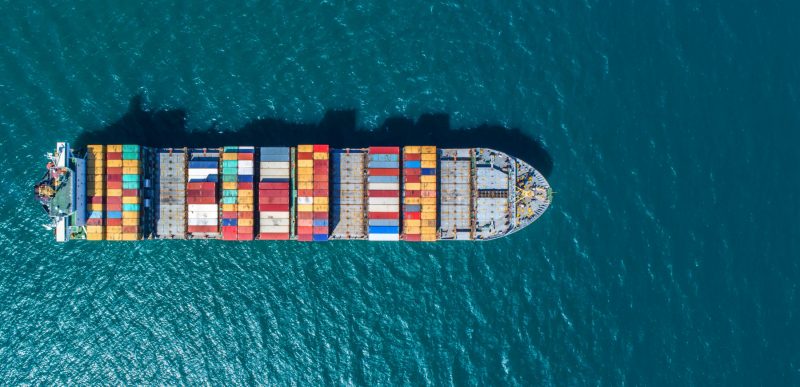
Not only are the evenings now lighter for longer, but early April saw the US Masters, one of my favourite events in the sporting calendar, and the best golfers on the planet return to the Augusta National Golf Club in Georgia.
Jon Rahm four-putted to double-bogey his very first hole, before going on to win the tournament. Asked after the first round how he had coped with the disappointment of such a poor start, the sometimes-fiery Spaniard replied: ‘I was not as frustrated as you might think I was – each putt that I missed, I felt I made the right shot, they just didn’t go in’. If there was ever a lesson investors can learn from the world of elite sport, it is this: focus on what you can control – the process – and try to be relaxed about what you cannot – the outcome.
Post the championship, many experts have come forward to eloquently explain why Rahm was destined to emerge victorious, and why Brooks Koepka, his closest challenger, was bound to fade out of contention. However, the truth is that, up until the very end, there were multiple potential outcomes, but only one possible outcome.
Investors tend to look at the recent past in a similar light, rationalising what has happened as foreseeable, possibly even obvious. This is unhelpful, as it gives credence to the notion that there is only one path, and all we need to do is figure out where it is going, whereas in reality, at any given point in time there are multiple potential paths. Indeed, the London Business School’s Elroy Dimson used this as his definition of risk when he wrote: ‘risk means more things can happen than will happen’. We concur.
How then, can one live with risk? At a portfolio level, diversification and balance is the accepted wisdom. To create balance, a global equity portfolio should be spread across regions and, more importantly, sectors. Yes, we are more than comfortable having ‘active bets’ at a regional and sector level, but our risk management tools ensure these do not become excessive.
At a company level, there are five key risks facing investors: valuation risk, balance sheet risk, structural risk, cyclical risk, and idiosyncratic risk. By only investing in quality companies (which includes an assessment of appropriate gearing) at attractive valuations, we eliminate the first two. The remaining risks can be mitigated at a portfolio level through maintaining balance and at a company level through good stock picking.
Mark Wynne-Jones
Fund Manager, Cantab Sustainable Global Equity Fund
Risk warnings
This document has been prepared based on our understanding of current UK law and HM Revenue and Customs practice, both of which may be the subject of change in the future. The opinions expressed herein are those of Cantab Asset Management Ltd and should not be construed as investment advice. Cantab Asset Management Ltd is authorised and regulated by the Financial Conduct Authority. As with all equity-based and bond-based investments, the value and the income therefrom can fall as well as rise and you may not get back all the money that you invested. The value of overseas securities will be influenced by the exchange rate used to convert these to sterling. Investments in stocks and shares should therefore be viewed as a medium to long-term investment. Past performance is not a guide to the future. It is important to note that in selecting ESG investments, a screening out process has taken place which eliminates many investments potentially providing good financial returns. By reducing the universe of possible investments, the investment performance of ESG portfolios might be less than that potentially produced by selecting from the larger unscreened universe.


